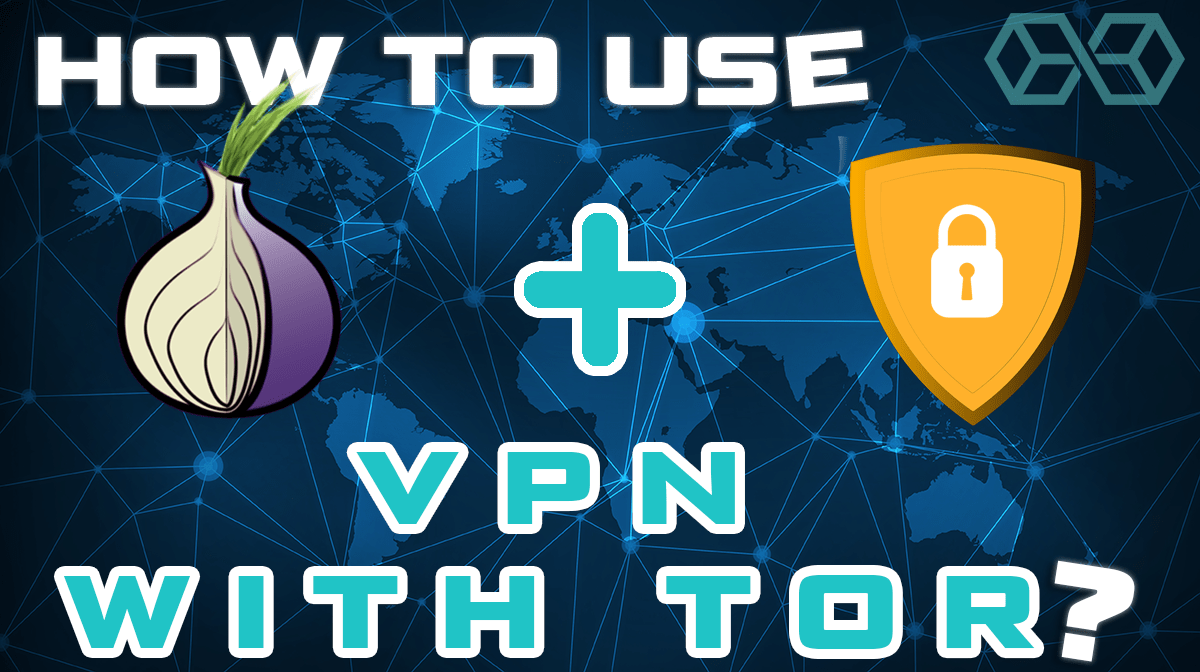


Only the first node knows the address of the source of the packet and only the endpoint knows the destination Internet Protocol (IP) address. Thus, each node is only able to know the addresses of previous and next nodes in the chain. It received the package from somewhere and it knows where it came from.

A node on the path of a Tor journey is called a relay, and the point of exit from the network is called the exit node.Įach node in the journey decrypts a layer of encryption to discover the address of the next point in the chain to which it should pass the message on to. Each waypoint on the journey is managed by a node. Tor-protected traffic still travels across the internet, but its routing information is obscured by repeated encryption. Today, the system is a protocol and open source software, managed by a not-for-profit company, called The Tor Project, Inc, which refers to the system as “Tor” rather than “TOR.” When the research institute set up a department to produce an implementation of the system, the name was transformed into the Tor Project. This research looked into a way to mask communications locations and it created the concept of “the onion router.” Thus, when the researchers had found a viable method of creating privacy on the internet, it was referred to as the TOR project.

The Tor system evolved from research carried out at US Naval Research Laboratory in the mid-1990s. In this report, you will find out what each of these systems does, and which is better for creating privacy. However, if someone is in hiding, such as a spy, a whistleblower, or a victim of domestic abuse, revealing location information can be fatal.īoth Tor and Virtual Private Networks (VPNs) employ methods that enhance the security offered by encryption to create privacy and near-anonymity. You might think that it’s no big deal if others can see your activity on the internet, just as long as they can’t read your emails, or break into your conversations, or steal your credit card information. Government agencies, Internet Service Providers (ISPs), marketing companies, and network owners are all able to see where you are and which sites you are communicating with. Even if a snooper is locked out from the contents of your communications by encryption, there is still plenty of information that your internet traffic gives away about you. Encryption secures internet connections, even over WiFi networks. There are a variety of methods available now to make it very difficult for hackers to get onto your computer, such as firewalls and anti-malware programs. It’s essential these days to secure your computer and your internet activity.


 0 kommentar(er)
0 kommentar(er)
